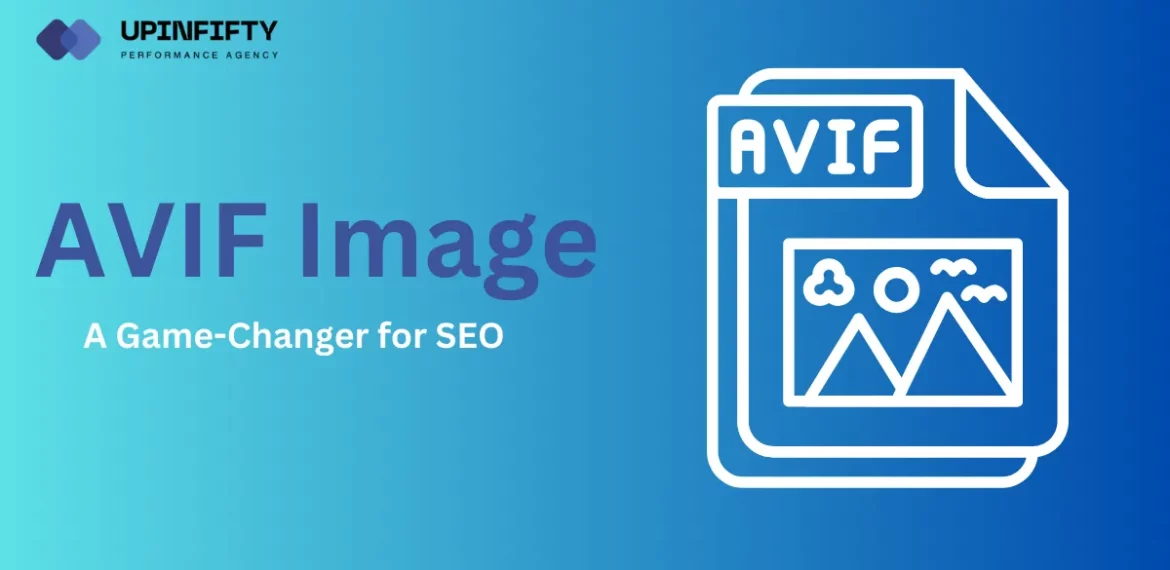
Google’s Adoption of AVIF Images: A Game-Changer for SEO
Google’s Adoption of AVIF Images: A Game-Changer for SEO
In a significant move, Google has introduced support for AVIF (AV1 Image File Format) images, a development that promises to revolutionize the SEO landscape. This advancement heralds a new era in image optimization, offering the potential for enhanced page load speeds, improved visual quality, and, consequently, better search rankings. Understanding and leveraging AVIF images could become pivotal for webmasters and SEO professionals striving to stay ahead in a competitive digital environment.
Understanding AVIF: The Future of Image Formats
AVIF, or AV1 Image File Format, is a cutting-edge image format that delivers superior compression rates without compromising image quality. Developed by the Alliance for Open Media, AVIF uses the AV1 codec to compress images, resulting in smaller file sizes and faster load times. This efficiency is crucial, especially for mobile users and those with slower internet connections, where every kilobyte counts.
Advantages of AVIF Over Traditional Formats:
- Smaller File Sizes: AVIF images significantly reduce file sizes, often by 50% or more compared to JPEG, making websites lighter and faster.
- Higher Quality: Despite smaller sizes, AVIF maintains high visual quality, offering better color depth and dynamic range.
- Transparency and Animation Support: Like PNGs, AVIF supports transparency, and it can also handle animations similar to GIFs.
Though AVIF currently holds only a 0.2% market share, its adoption is expected to grow as more browsers and platforms start to support this format, making it a key player in the future of web optimization.
How can AVIF Improve SEO?
Google’s support for AVIF images highlights the ongoing emphasis on site speed and user experience as central components of SEO. Since the introduction of Core Web Vitals, Google has prioritized page performance metrics, and AVIF images align perfectly with these priorities. Here’s how AVIF can impact your SEO strategy:
- Improved Page Load Speed: Faster loading times directly influence user engagement and reduce bounce rates, both of which are critical ranking factors. Smaller image sizes mean quicker load times, enhancing overall page performance.
- Better User Experience: High-quality images with reduced load times ensure a smoother user experience, leading to higher satisfaction and better rankings in search results.
- Enhanced Mobile Performance: With mobile-first indexing, ensuring that your website performs well on mobile devices is crucial. AVIF’s reduced file sizes are especially beneficial for mobile users, providing a seamless browsing experience even on slower networks.
- Competitive Advantage: Early adopters of AVIF can gain a competitive edge, as optimized images can lead to higher rankings, especially on image-heavy websites.
Also Read: On-Page SEO Checklist for 2024…
Implementation Strategies for AVIF Images
Adopting AVIF images needs thorough planning and execution to ensure that your website reaps the full benefits without compromising compatibility or user experience. Here’s how to effectively implement AVIF on your website:
1. Phased Release with Alternatives
While AVIF is a powerful format, not all browsers currently support it. To maintain compatibility, implement a fallback system where JPEG or WebP images are served to browsers that do not support AVIF. This can be achieved using the <picture> element in HTML:
<picture>
<source srcset=”image.avif” type=”image/avif”>
<source srcset=”image.webp” type=”image/webp”>
<img src=”image.jpg” alt=”A description of the image”>
</picture>
This code ensures that the best possible image format is delivered based on browser compatibility.
2. Track Performance
Regularly track Key Performance Indicators (KPIs) like page load speed, Core Web Vitals, and user engagement metrics after implementing AVIF. Tools like Google PageSpeed Insights and Lighthouse can help track the impact of AVIF images on your website’s performance.
3. Optimize Images Before Conversion
Ensure that images are optimized before converting them to AVIF. Tools like ImageMagick or Squoosh can help in the conversion process, allowing you to fine-tune compression settings to balance quality and file size.
The Future of Image Optimization in SEO
As Google continues to push the boundaries of web performance, staying ahead in image optimization is crucial for maintaining a competitive SEO edge. The adoption of AVIF images represents a significant opportunity to enhance page load speeds, improve user experience, and ultimately boost search rankings.
Also Read: Top 20 Types of Backlinks to Get in 2024…
Embracing AVIF as part of your SEO strategy not only aligns with Google’s latest advancements but also positions your website for success in an increasingly competitive digital landscape. As more browsers adopt AVIF, early implementation could lead to substantial long-term benefits, making it an essential consideration for forward-thinking webmasters.
By integrating AVIF images, monitoring their impact, and staying abreast of further developments, you can ensure your website remains at the forefront of both technological innovation and SEO best practices.


